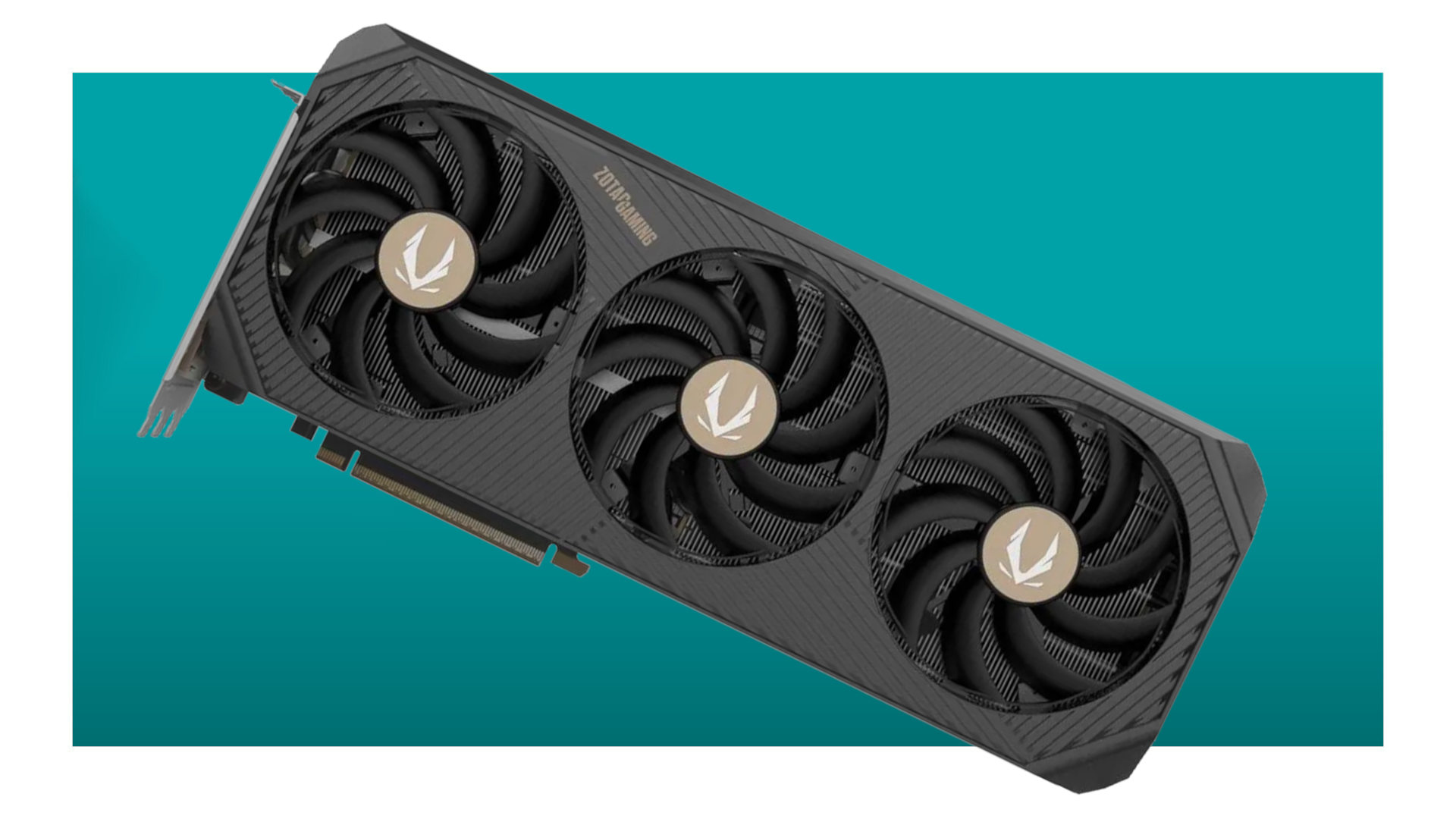I’d fully understand if you were thinking right now that this couldn’t possibly be a deal because that price tag is essentially Nvidia’s MSRP for its GeForce RTX 5090. The thing is, up until very recently, finding a third-party AIB (add-in board) model anywhere near this level was just about impossible, but as supply has improved, along with the usual decline in demand, prices for the most powerful gaming GPU money can buy have finally dropped to the level they should be.
Of course, spending $2,000 at Newegg for a ‘mere’ graphics card isn’t perhaps a sensible thing to do (you can get an entire Ryzen 7 9800X3D, Radeon RX 9070 XT gaming PC for the same money), but that’s just how things are in the world of GPUs these days. Hey, at least you’ll get a free copy of Borderlands 4 with this 5090 purchase!
And you are getting something that looks as huge as the price tag. In fact, everything about this Zotac Gaming Solid GeForce RTX 5090 is comically massive. It’s 13 inches long, 5.4 inches thick, and weighs roughly the same as a small pony. Okay, so I made that last bit up; Zotac doesn’t actually say how heavy its card is, but all RTX 5090s are monstrous slabs of silicon, metal, and plastic.
Partly because they can be, but mostly because the heatsink needs to be huge to tame the 575 W power limit of the Blackwell GB202 GPU inside. With a total of 21,760 CUDA cores (aka shader units), 96 MB of L2 cache, and 32 GB of GDDR7 (with a total of 1.79 TB/s of aggregated memory bandwidth), its stats just make everything else seem puny in comparison.
Naturally, all that hardware does wonders for a game’s performance. Any game, really. Any setting, too, for that matter. I’ve been using for one for the past couple of months and I’ve yet to find a situation where it bails out and waves a little white flag. Well, full-blown path tracing will do that, though that’s to be expected and it’ll be many more years before we see a GPU just breeze through such workloads.
The solution to the demands of path tracing is, of course, upscaling and frame generation, which leads me on to the real stand-out feature of all RTX 50-series graphics cards: DLSS 4. The upscaling part of Nvidia’s AI-powered tech package is supported by all RTX GPUs, but DLSS 4’s Multi Frame Generation is for the 50-series only.
Until you’ve tried the feature, it’s a little hard to believe just how good it is, especially if your current experience of Nvidia’s frame generation is that from DLSS 3. You’d expect adding more than two additional generated frames would make the input lag horrific, but with DLSS 4, it’s really not. In fact, 3x or 4x frame gen runs pretty much the same as 2x does, in terms of system latency.
It doesn’t produce tons of horrible glitches either. While the use of frame generation is noticeable if you look for it, once you’re in the middle of a frantic battle, you’ll hardly catch it in action—you’ll be too busy enjoying the ridiculously high frame rate and snappy input latency.
Of course, there are a few downsides to owning an RTX 5090, other than how much it will rip up your bank balance. That 575 W power limit isn’t always reached in games, as you can see in the above footage, but even averaging around 480-500 W, it will belch out heat like nothing else. Your gaming PC will need plenty of ventilation and airflow to stop the internals from getting too toasty.
You’ll also need a really good 1,000 W+ PSU to go with it, preferably one that has a dedicated 12V-2×6 connector and cable (the updated version of the 12VHPWR system). Additionally, the rest of the PC will need to be just as potent—there’s no point in sticking an RTX 5090 into an old rig with a six-core CPU, as the graphics card will just be sitting around waiting for data and instructions.
If you have all the necessary hardware and funds to get one, then the RTX 5090 really is a GPU like nothing else you’ve owned. Well, until the inevitable RTX 6090 comes along, of course.

Best graphics card 2025

